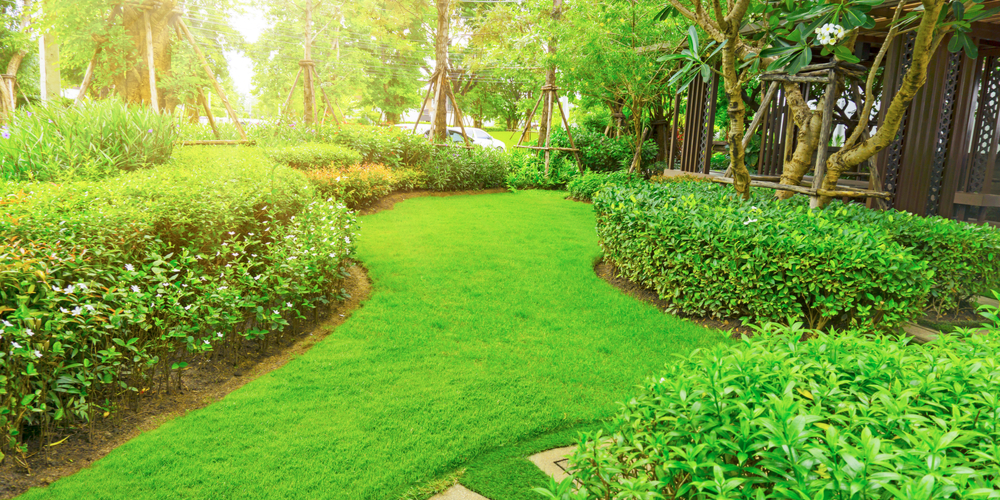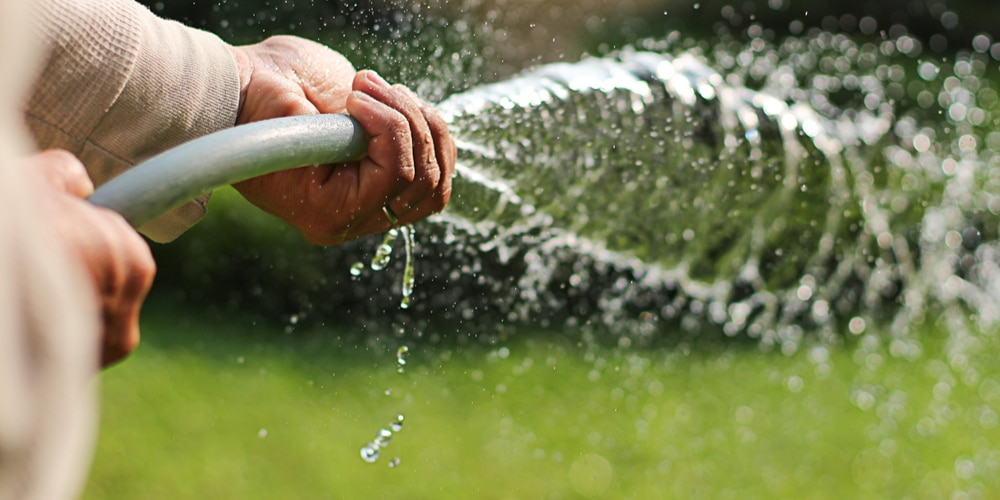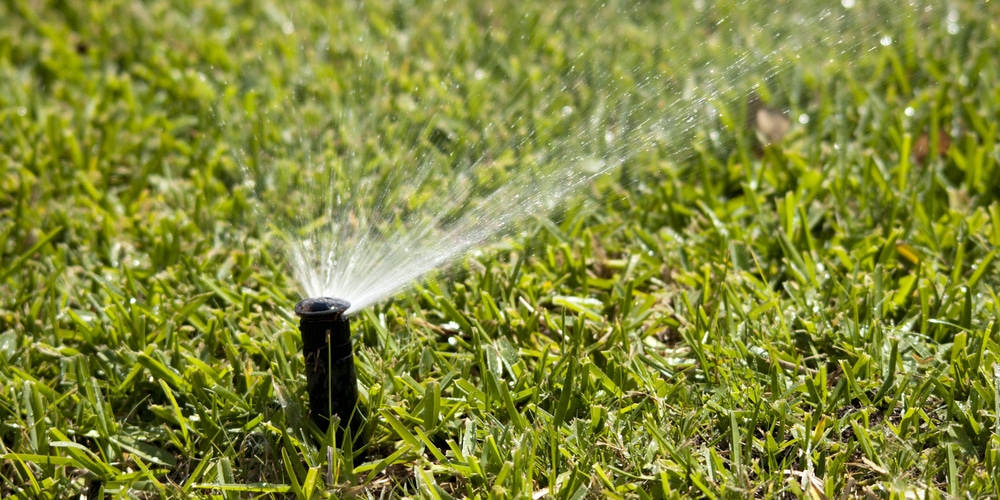Who wouldn’t like to have a lush, green lawn? The good news is that you can have one, as long as you select a grass seed suitable for your climate and soil conditions and ensure you give it the appropriate level of care. If you live in a warm state, Centipede and St Augustine grass are the most popular choices among homeowners. Not only do they have an attractive deep green color, but they are also durable and versatile. These characteristics make them suitable for both residential and commercial landscapes.
But who wins between St Augustine Grass vs Centipede? In essence, what are the pros and cons of each, and which one should you install on your lawn? To find out an answer to these questions, make sure you keep reading our comparison guide between these two popular lawn types. Here, you’ll also learn about some of the best practices to make each variety thrive in your garden.
St Augustine Grass Vs Centipede: The Basics

For starters, both lawns are relatively easy to grow. However, these two varieties differ in color, texture, and overall appearance. Centipede grass is better suited for mild climates in hardiness USDA areas between 7 and 10. St. Augustine grass tends to be denser and darker in color. However, it is also less tolerant to low temperatures, making it more suitable for USDA hardiness zones between 8 and 11. The good news is that both are tolerant to drought, which makes them perfect choices even for the warmest areas of South California.
If you live in a mild climate but don’t have much time to care for your lawn, your best pick would be Centipede grass. You can plant this variety through seeds, using sod, or planting turf. On the other hand, St. Augustine grass is not available in seed form. To learn about the ideal conditions for each type of grass, skip to the following sections.
Centipede Grass: All You Should Know
This variety works best for slightly acidic soil with pH levels between 5.00 and 6.00. Don’t forget to make a pH test before installing Centipede grass to find whether you’ll need to amend the soil. This aggressive grass requires little care and produces dense turf, perfect for any garden. However, before installing this variety, you must ensure you can provide it with enough sunlight. Indeed, this plant requires at least six hours of direct sunlight per day to survive.
One issue that you may have to deal with when planting Centipede grass will be its decline, whose symptoms include the appearance of large and yellow patches. While this plant doesn’t require much maintenance, you’ll still have to be careful at how much water you give to it and the mowing frequency. The lack of consistency might cause this grass to suffer. As a rule of thumb, it is best to keep your centipede lawns to heights between 1.5 and 2 inches. Plus, you’ll only want to water them when you notice some wilting or change in color. Overwatering and over-mowing can cause damage to your lawn.
The good news is that you won’t need much fertilizer with this variety. Again, if you can’t commit too much time to the care of your garden, Centipede grass might be your solution to an attractive lawn with little effort. However, keep in mind this variety is susceptible to nutrient changes in the ground. If you notice something is wrong with your turf, you may want to add some fertilizer rich in phosphorous, potassium, iron, and nitrogen.
Augustine Grass: What You Need To Know Before Planting
St. Augustine grass is thinner than Centipede but more tolerant to shade. It does best in warm climates but can thrive without much sunlight. However, it is slightly more prone to catching diseases, especially those caused by the “chinch bug,” which can quickly cause severe damage. You may want to consider adding some pesticides to prevent this from happening.
Also, there are three main varieties of this type of grass: Bitter-blue, Palmetto, and Floratum. If your yard is shady, go for Bitter Blue. However, this species is more sensitive to bugs than others. On the other hand, if you can provide your lawn with enough sunlight but prefer to avoid pesticides, your best bet is the Floratum variety.
St. Augustine grass is more tolerant to salty soils than Centipede. Plus, it is the ideal choice for humid and subtropical areas. However, you’ll have to mow it frequently. Also, this type of grass needs fertilizer, especially during the growth period. Make sure the package you pick has plenty of nitrogen. Besides this, you’ll have to inspect your St. Augustine grass more frequently to ensure it stays healthy.
Will St. Augustine Take Over Centipede?
You may be wondering what could happen if you mix the two varieties in your yard. Generally, Centipede tends to be healthier and less susceptible to diseases. However, that doesn’t mean neither of the two types will choke one out. Both turfs grow quite aggressively under appropriate conditions. So, you can rest assured no variety will take over the other, provided that you give them the same level of care and proper watering.
Related article: Should you fertilize St Augustine grass in winter?
St Augustine Grass vs Centipede: The Bottom Line
The choice for the ideal turf for your lawn doesn’t only depend on your taste. It also has to do with your climate and soil conditions, as well as the amount of sunlight you can provide your grass. Of course, both varieties come with their benefits and drawbacks. However, under the right circumstances, both can thrive in warm climates.
If temperatures are not an issue and you would prefer not to spend too much on your lawn, go for the Centipede grass. It is less expensive and simpler to maintain.
On the other hand, if you would rather have thick and dense grass, regardless of the effort you’ll have to invest, St. Augustine is your best choice, especially if you prefer a lawn that lasts longer.
For both types, make sure you keep an eye on your turf to detect as soon as possible any signs of disease or insect damage to minimize the consequences and act promptly.

